New technologies are revolutionizing how we interact with our world as land owners, farmers, and hunters in the 21st century. Drone technology has quickly assumed a primary role for those looking to make use of their resources efficiently while also ensuring sustainable practices over time. By increasing precision and giving us better insight into what’s happening on the ground with our agricultural fields, hunting land and wildlife habitats, drones have become an essential tool of both production and preservation. In this blog post, we explore drone technology’s transformative role in agriculture, hunting land management and habitat development and will show readers how they can leverage this cutting-edge technology for optimal success.
Precision Farming and Agricultural Advancements:
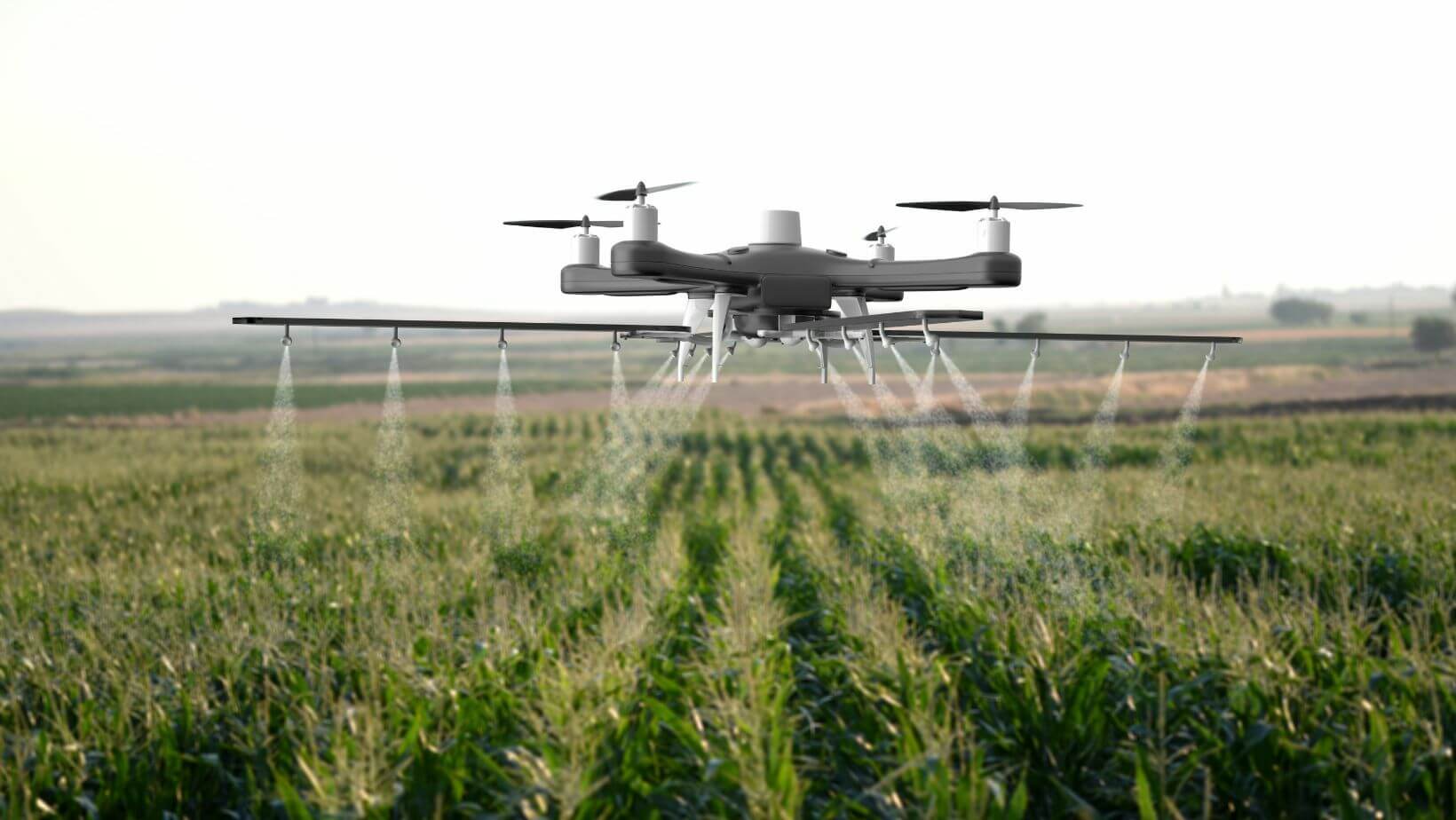 Drone technology has revolutionized modern agriculture, offering precision farming techniques that have completely transformed the way we cultivate crops. With drones, farmers can collect crucial data on soil health, crop growth, and pests using aerial imagery and various sensors, giving them the ability to make informed decisions based on this data.
Drone technology has revolutionized modern agriculture, offering precision farming techniques that have completely transformed the way we cultivate crops. With drones, farmers can collect crucial data on soil health, crop growth, and pests using aerial imagery and various sensors, giving them the ability to make informed decisions based on this data.
This technology has enabled optimization of resource utilization and higher yields, addressing some of the most persistent concerns in agriculture. As a result, Precision Farming and Agricultural Advancements have become well-established with drones leading the charge towards a more efficient and productive industry that shall surely define the landscape of farming for years to come.
Sustainable Hunting Land Management
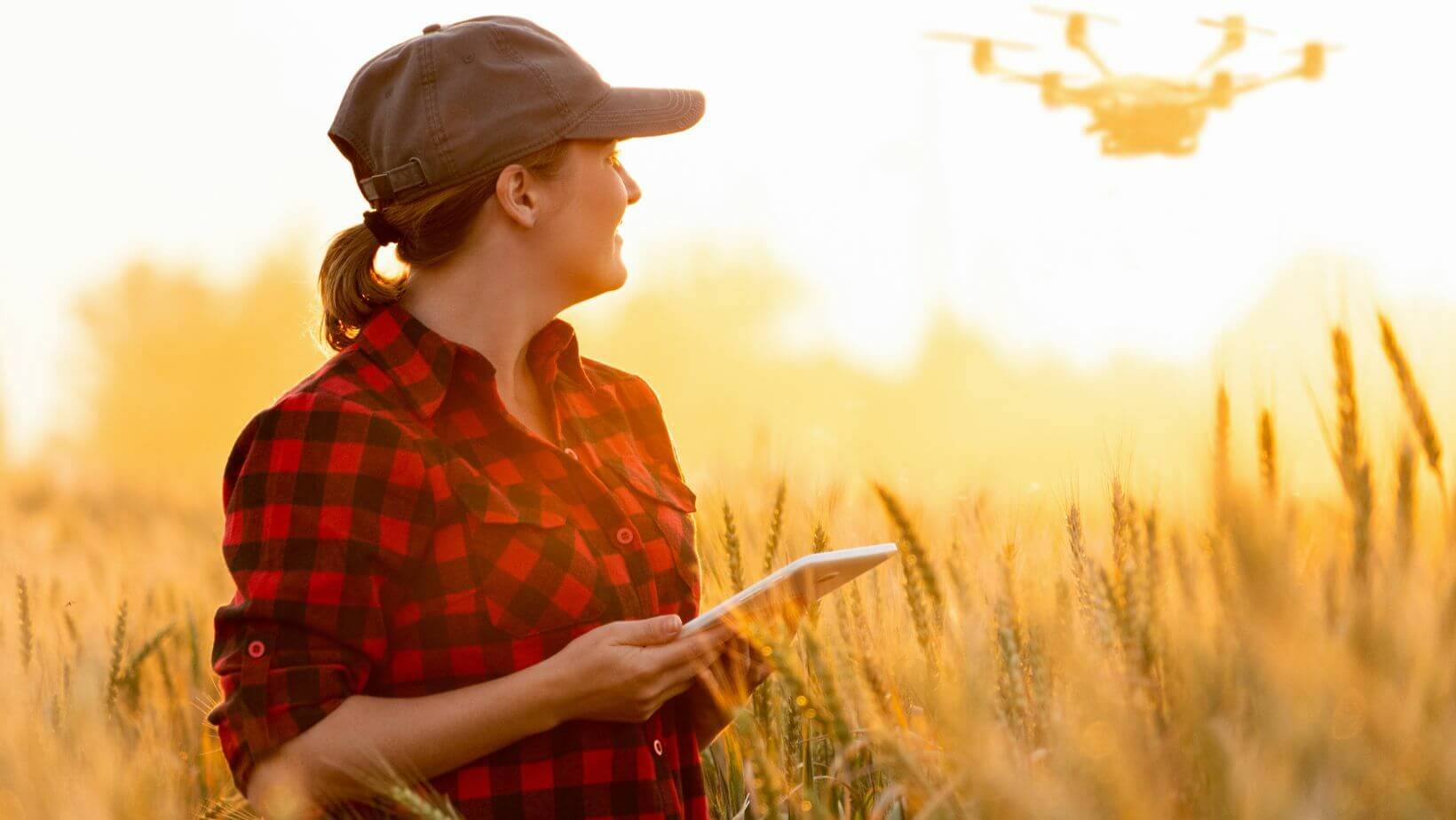 Drone technology is revolutionizing the way we approach hunting land management practices as well. The use of drones for wildlife population surveys and tracking has proven to be an effective tool for assessing the health of hunting lands. Drones also aid in habitat assessment and monitoring of endangered species, allowing conservationists to pinpoint areas that require attention and develop strategies for preserving habitats.
Drone technology is revolutionizing the way we approach hunting land management practices as well. The use of drones for wildlife population surveys and tracking has proven to be an effective tool for assessing the health of hunting lands. Drones also aid in habitat assessment and monitoring of endangered species, allowing conservationists to pinpoint areas that require attention and develop strategies for preserving habitats.
Drones also provide an innovative solution for combating illegal poaching and wildlife trafficking. By enabling authorities to monitor vast areas of hunting land, drones can help reduce the number of poachers, ultimately protecting wildlife species under threat. In fact, case studies across the globe have demonstrated the effectiveness of drone technology in wildlife conservation and hunting land management. With its transformative capabilities, the use of drones in hunting land management can ensure sustainable practices are maintained, ultimately benefiting both humans and wildlife.
Habitat Development and Restoration
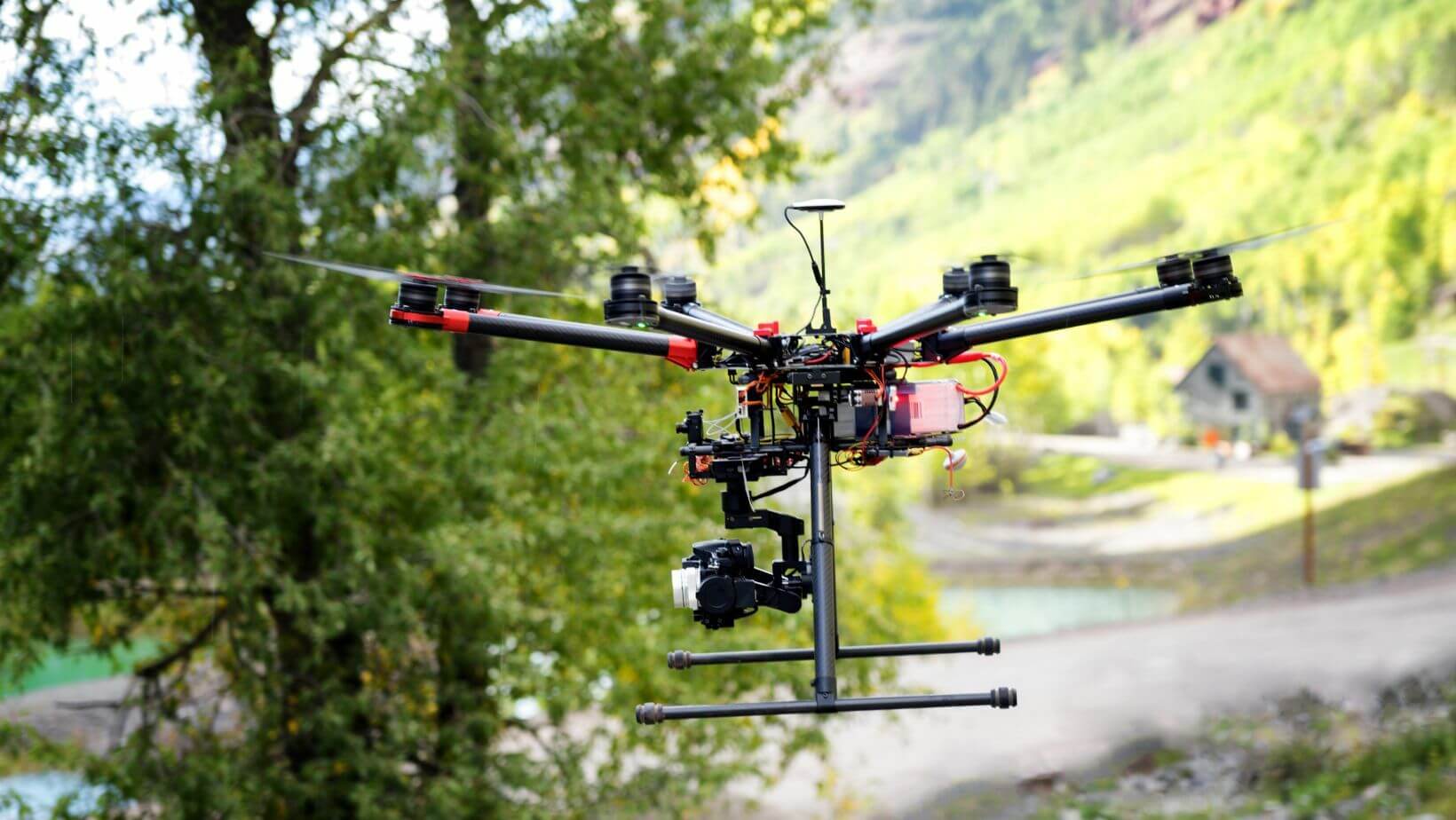 Drones have emerged as a transformative technology in the field of habitat development and restoration. By providing a bird’s eye view of areas in need of restoration, drones make it easier to pinpoint habitats that require intervention. Drones play a crucial role in mapping ecosystems and identifying areas that require reforestation, helping conservationists target their efforts more effectively.
Drones have emerged as a transformative technology in the field of habitat development and restoration. By providing a bird’s eye view of areas in need of restoration, drones make it easier to pinpoint habitats that require intervention. Drones play a crucial role in mapping ecosystems and identifying areas that require reforestation, helping conservationists target their efforts more effectively.
Trees can be planted and seeds can be dispersed with precision, making reforestation efforts more efficient using drone tech. Drones can assess the impact of natural disasters on habitats, enabling better mitigation efforts. Real-world examples of successful habitat restoration projects powered by drone technology demonstrate how drones can contribute to ongoing conservation efforts. As the technology continues to evolve, it is expected that drones will play an increasingly important role in both habitat development and restoration projects, helping to preserve our planet’s precious ecosystems for generations to come.
Real-Time Monitoring and Data Analysis
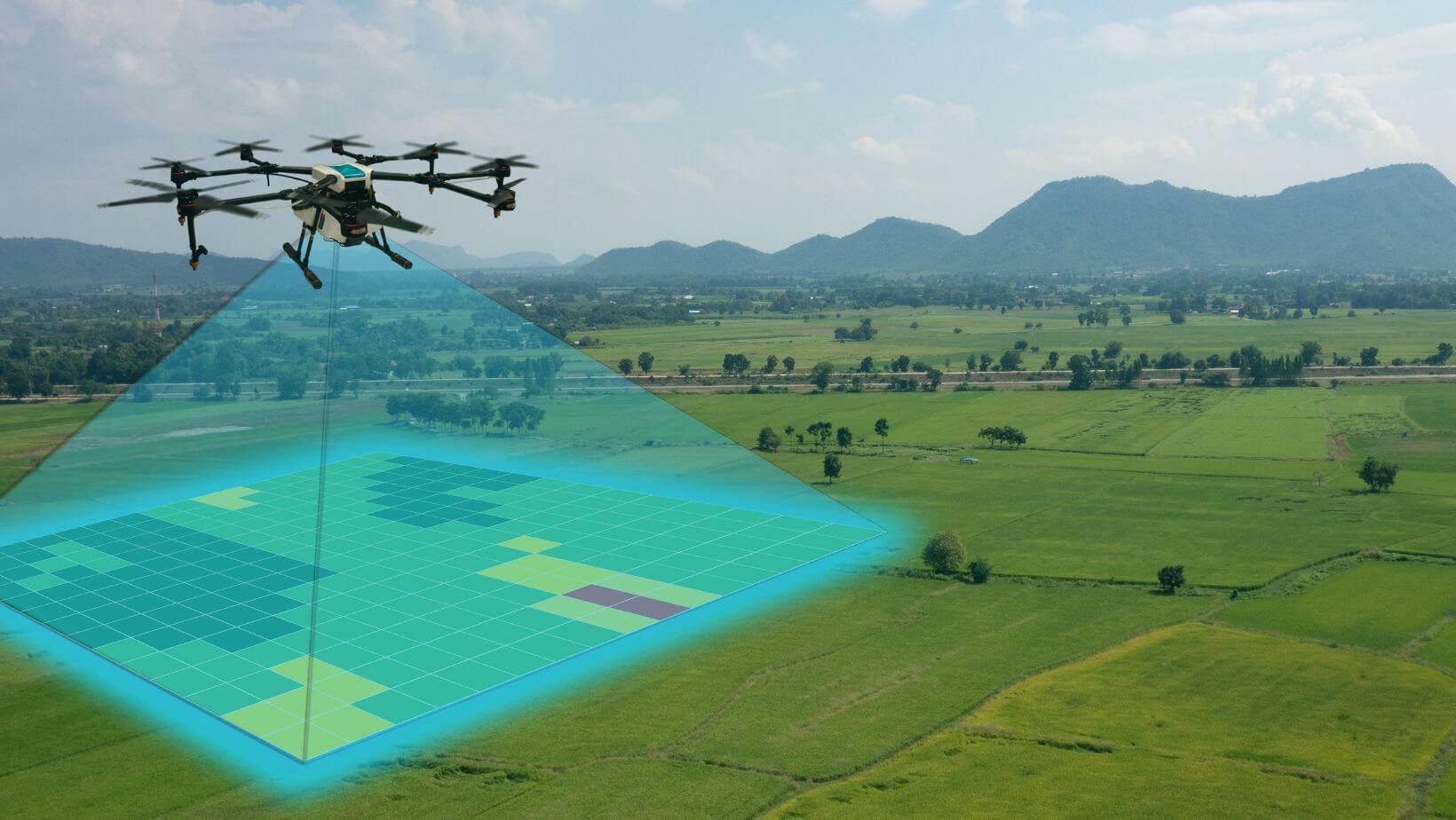 Drone technology has been rapidly reshaping the field of land management with its capability for real-time monitoring and data analysis. Drones equipped with sensors and cameras enable the collection of data on everything from crop health to habitat degradation in hunting grounds and agricultural fields. With the ability to provide real-time monitoring, drones allow for early detection of potential issues like pest outbreaks and offer insights into sustainable land management. By integrating AI and machine learning for data analysis and predictive modeling, land managers can make informed decisions for the long-term health of the environment. Thanks to drones, timely data analysis has become an essential tool for achieving sustainable agriculture, hunting land, and habitat development.
Drone technology has been rapidly reshaping the field of land management with its capability for real-time monitoring and data analysis. Drones equipped with sensors and cameras enable the collection of data on everything from crop health to habitat degradation in hunting grounds and agricultural fields. With the ability to provide real-time monitoring, drones allow for early detection of potential issues like pest outbreaks and offer insights into sustainable land management. By integrating AI and machine learning for data analysis and predictive modeling, land managers can make informed decisions for the long-term health of the environment. Thanks to drones, timely data analysis has become an essential tool for achieving sustainable agriculture, hunting land, and habitat development.
Challenges and Future Directions
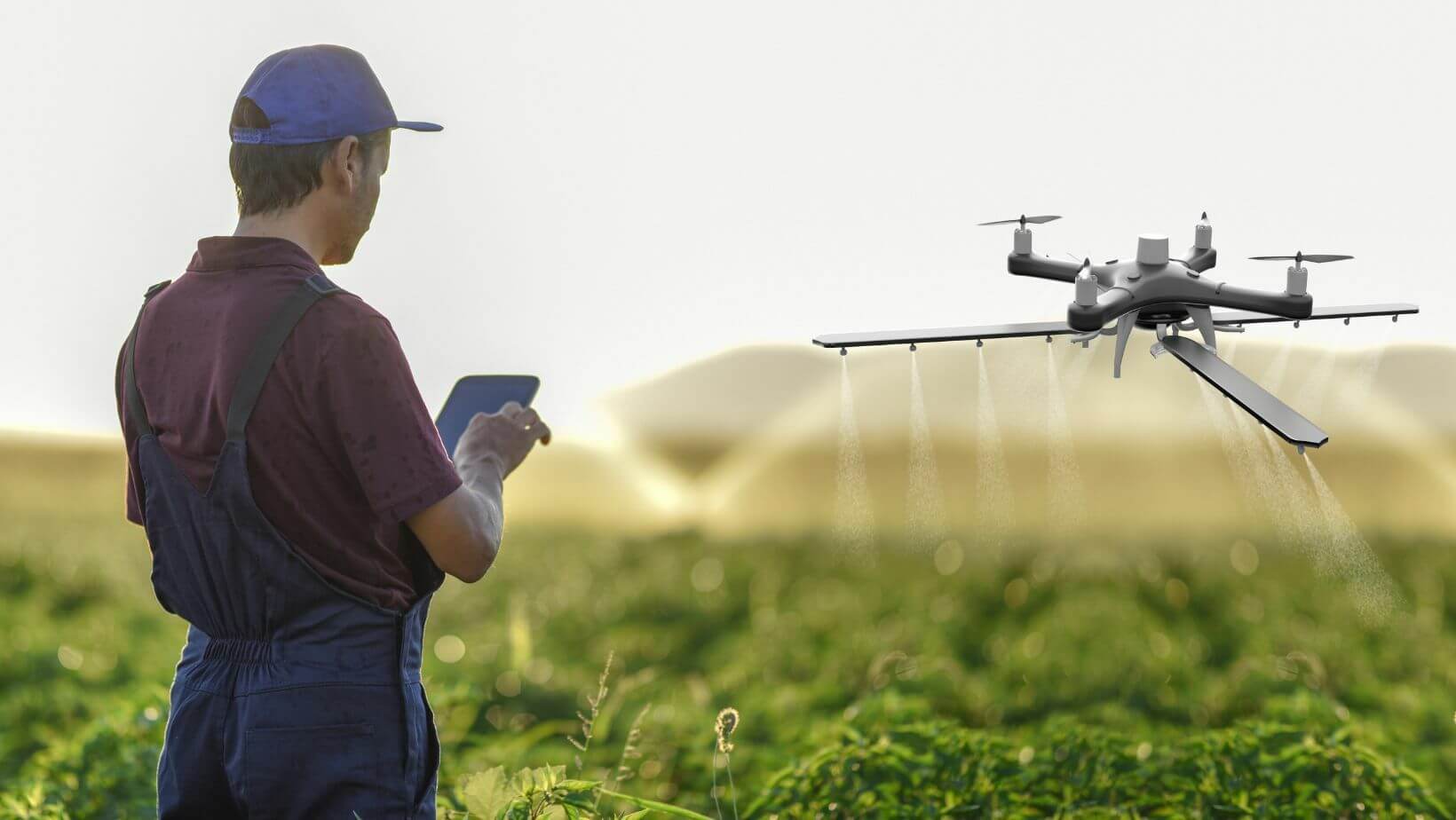 As drone technology continues to transform numerous industries, such as agriculture, hunting land management, and habitat development, there are still challenges and limitations to consider. Regulatory hurdles and privacy concerns are potential obstacles to the widespread adoption of drone technology in these sectors. However, ongoing research and development are aimed at overcoming these challenges, such as the development of more sophisticated collision detection systems and improved privacy protections.
As drone technology continues to transform numerous industries, such as agriculture, hunting land management, and habitat development, there are still challenges and limitations to consider. Regulatory hurdles and privacy concerns are potential obstacles to the widespread adoption of drone technology in these sectors. However, ongoing research and development are aimed at overcoming these challenges, such as the development of more sophisticated collision detection systems and improved privacy protections.
Standardized guidelines and regulations are also needed to ensure responsible drone use and prevent mishaps or accidents. Looking ahead, the future potential of advanced drone technologies, such as swarming and autonomous operations, offers exciting possibilities for increased efficiency and productivity in these fields. Continued advancements in drone technology have the potential to significantly shape the future of agriculture, hunting land management, and habitat development.
Unleashing the Skies: Cultivating a Sustainable Future through Drone Innovations
In the dynamic intersection of agriculture, hunting land management, and habitat development, drone technology stands as a beacon of innovation and promise. As we’ve explored the remarkable capabilities of drones in precision farming, wildlife conservation, and habitat restoration, it becomes evident that these aerial marvels have transcended traditional boundaries, ushering in a new era of sustainable land management.
While challenges like regulatory frameworks and privacy concerns persist, the strides being made in research and development hold the key to unlocking even greater potential. With responsible deployment and collaborative efforts among industries, researchers, and policymakers, the skies above us become a canvas upon which we paint a vibrant tapestry of thriving landscapes, bountiful harvests, and flourishing ecosystems. The journey into the future of agriculture, hunting land management, and habitat development is guided by the wings of technology, as we chart a course towards a greener, more harmonious world.